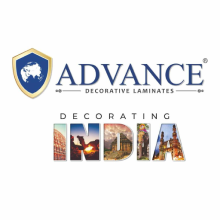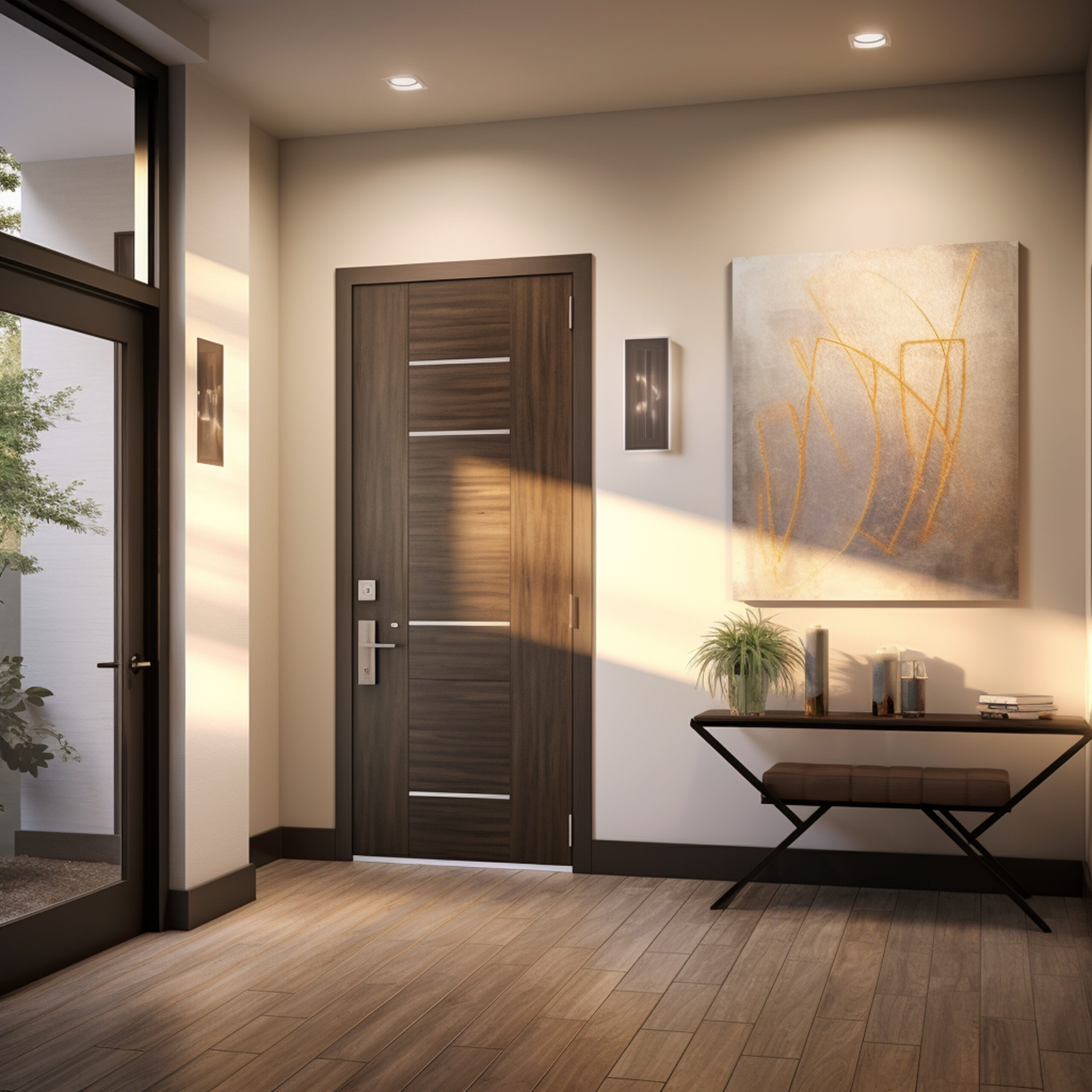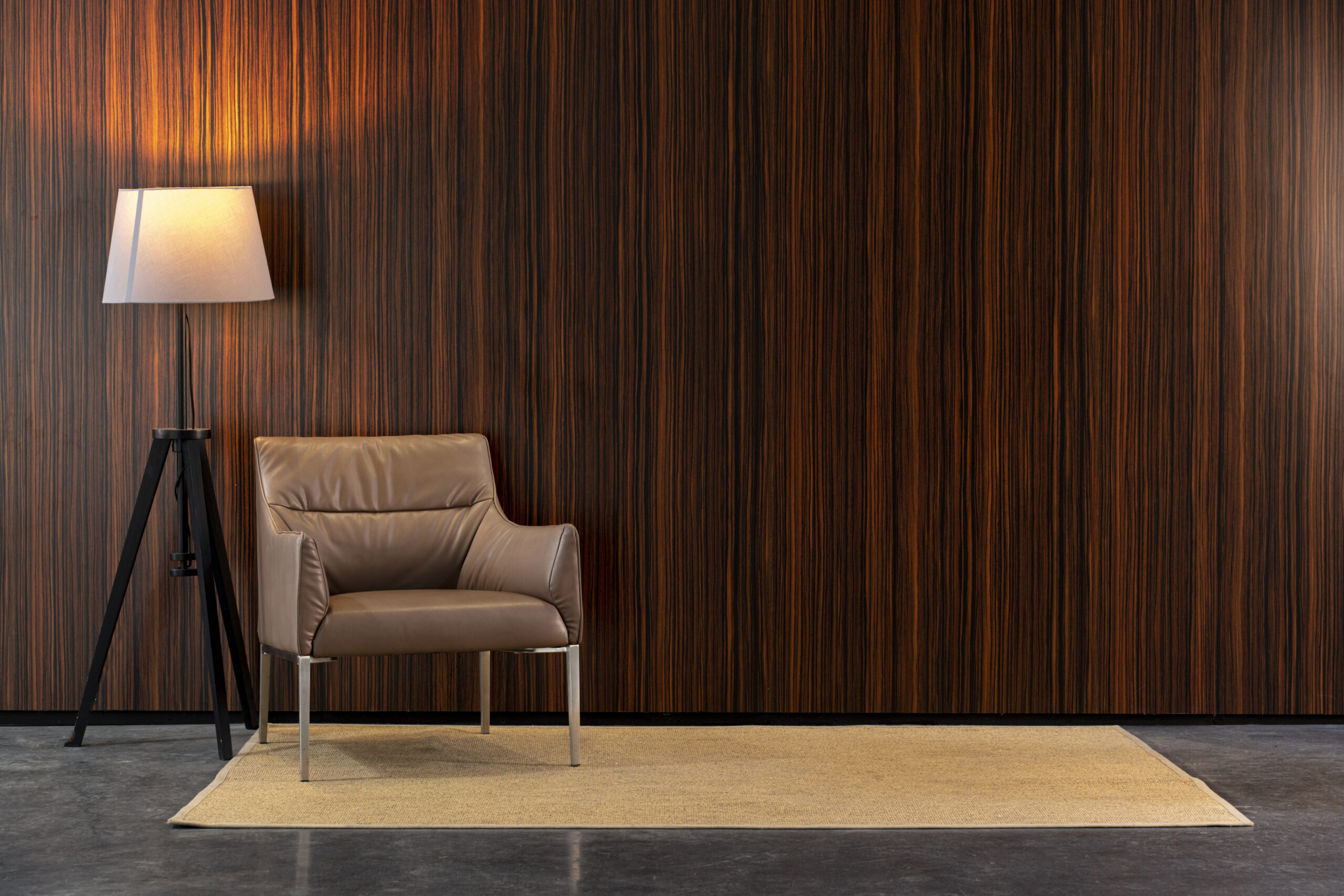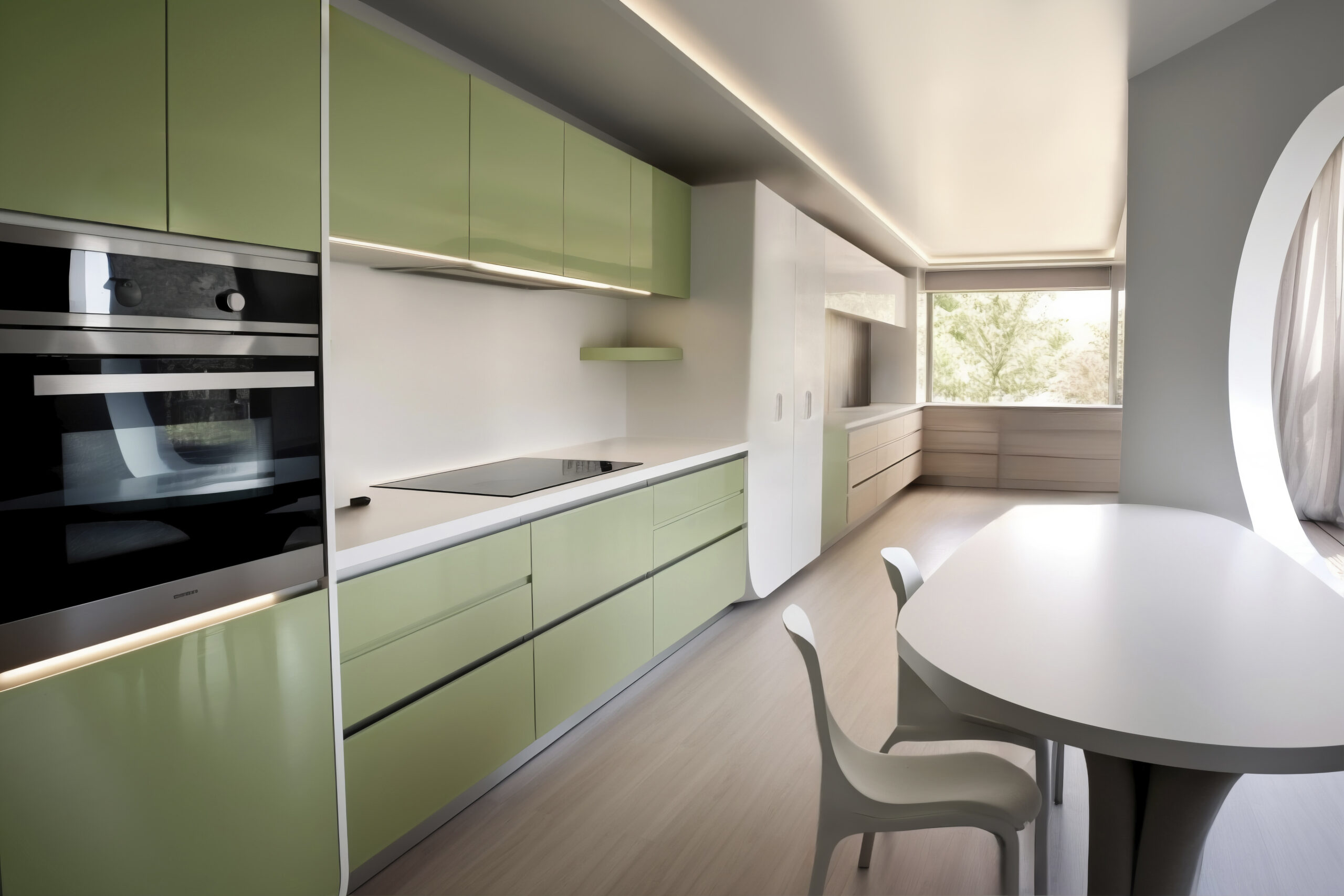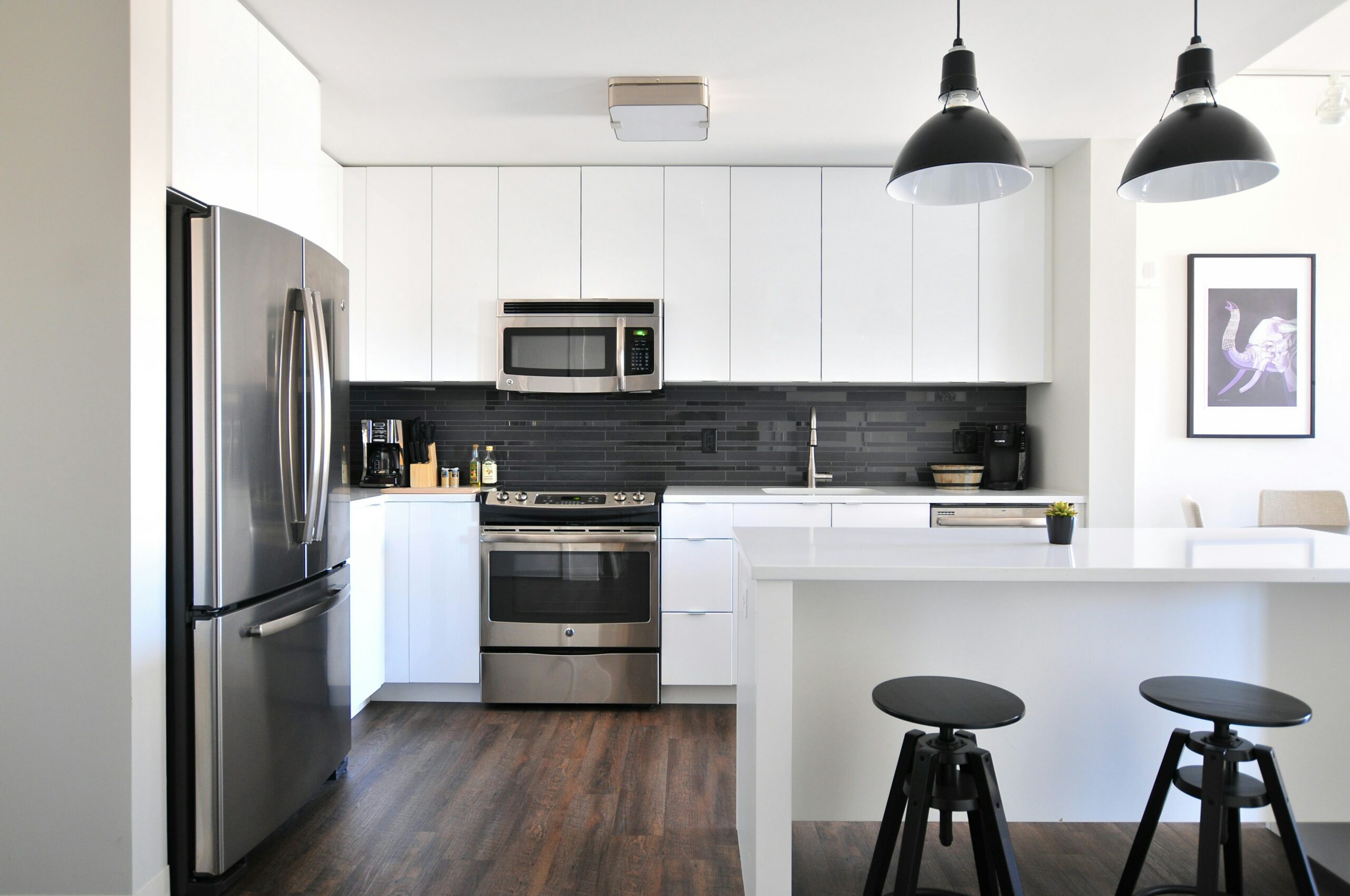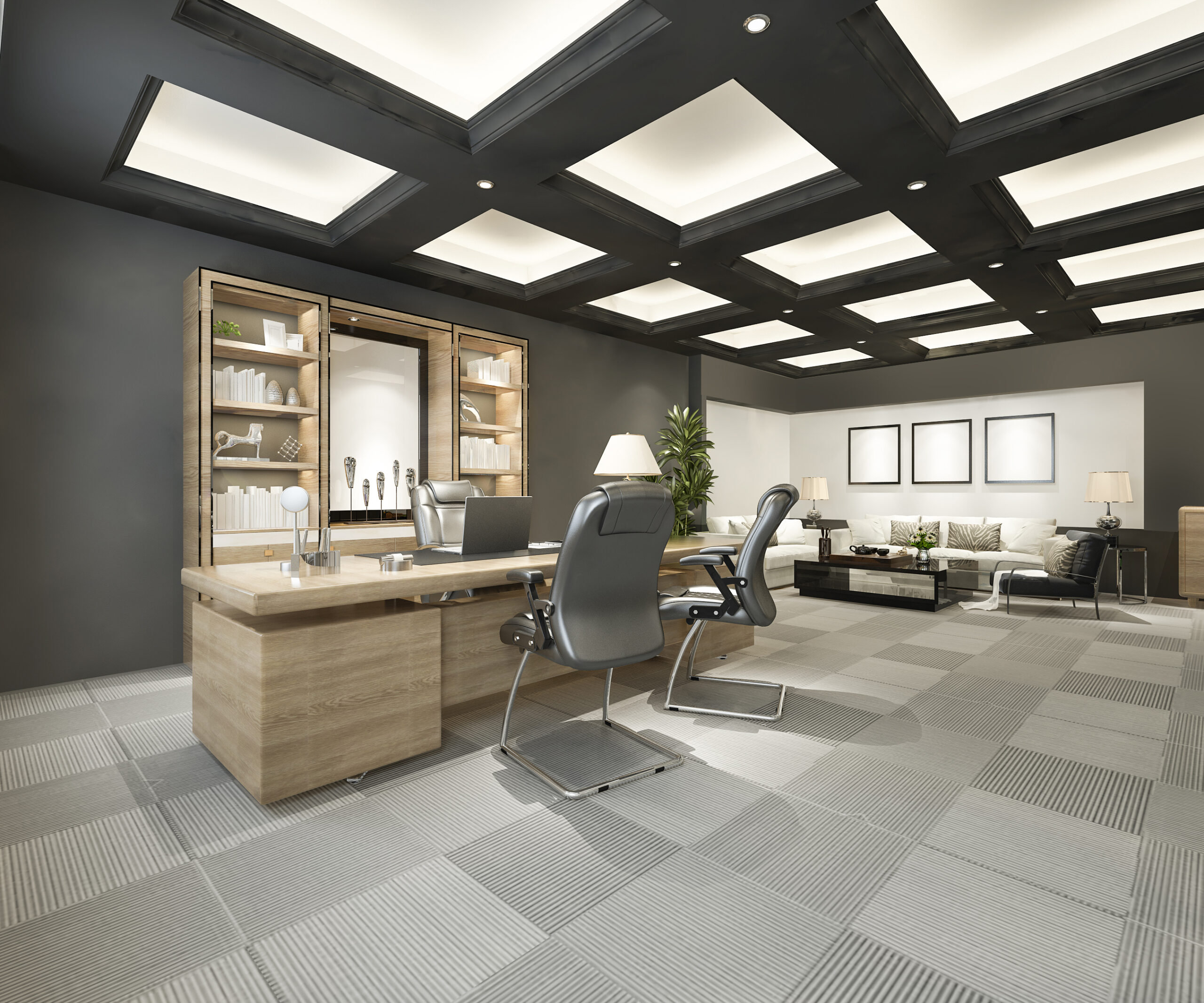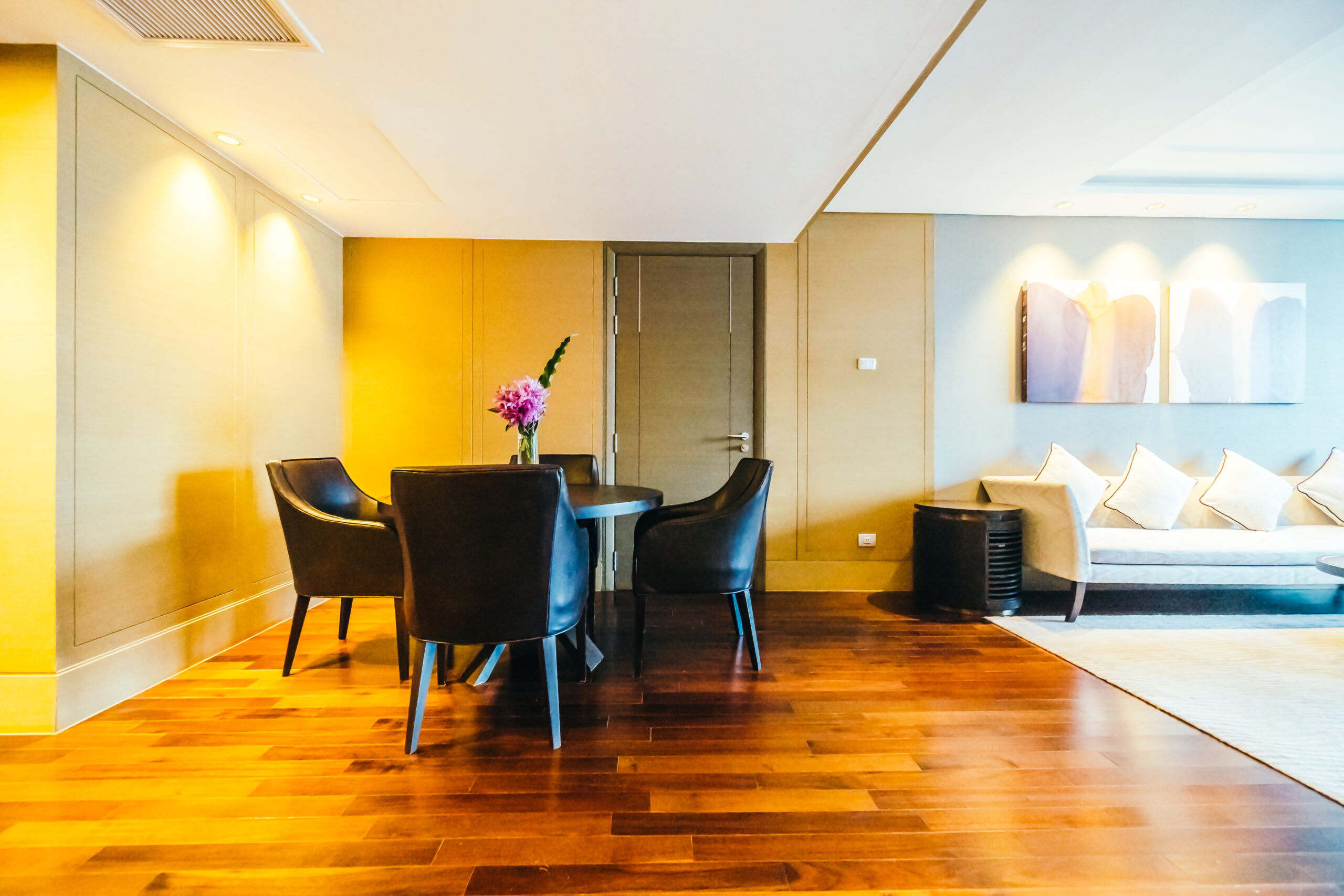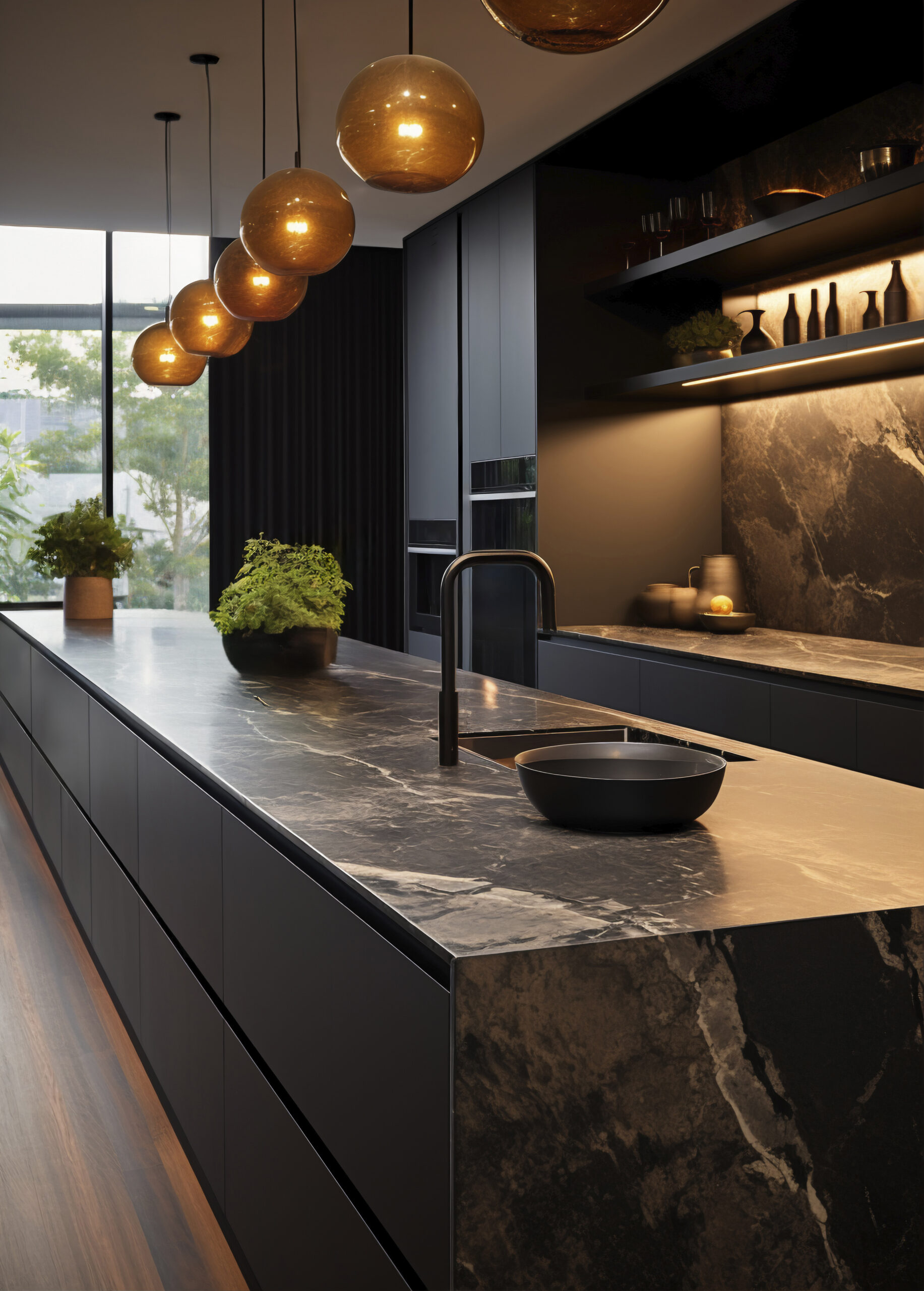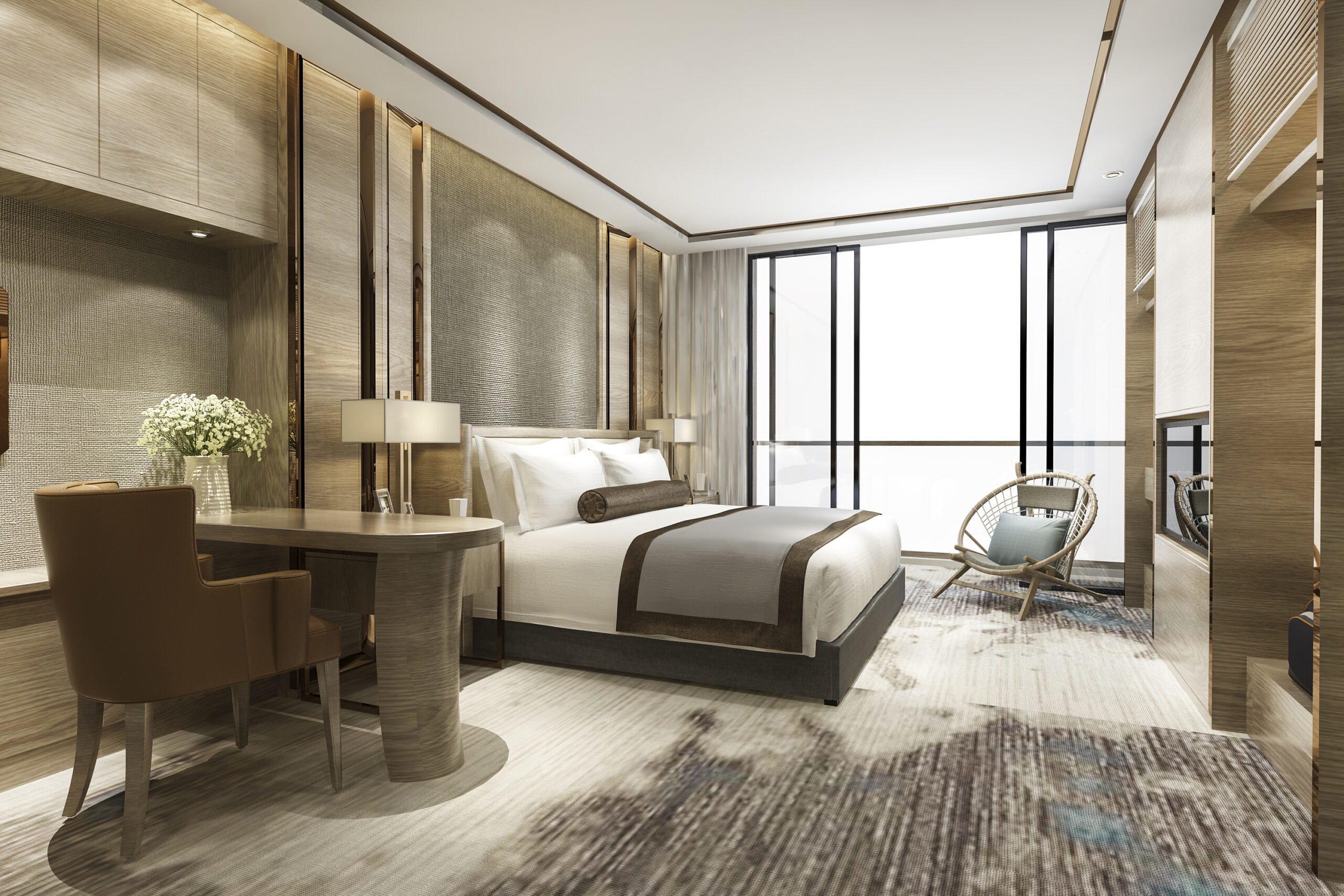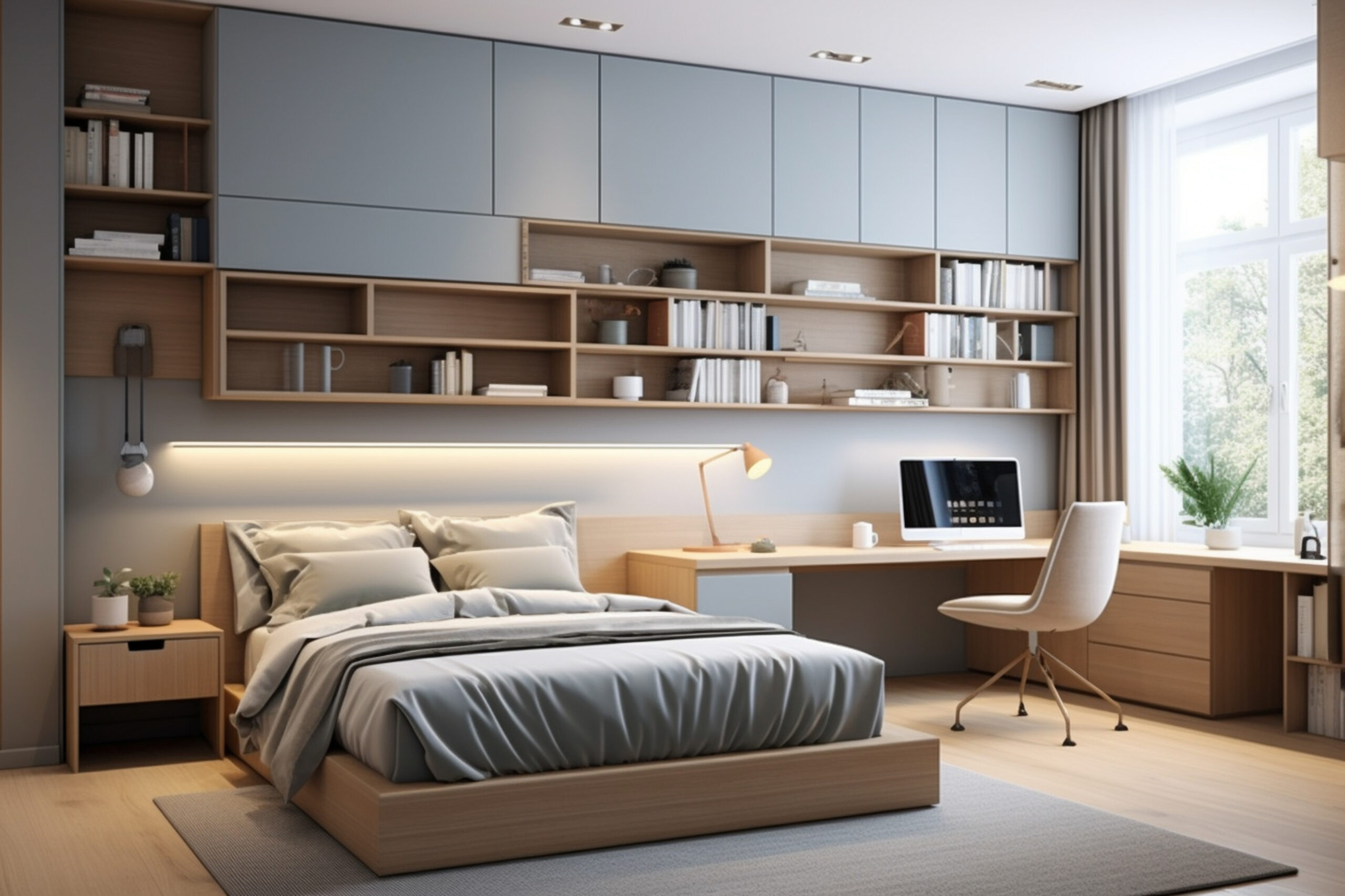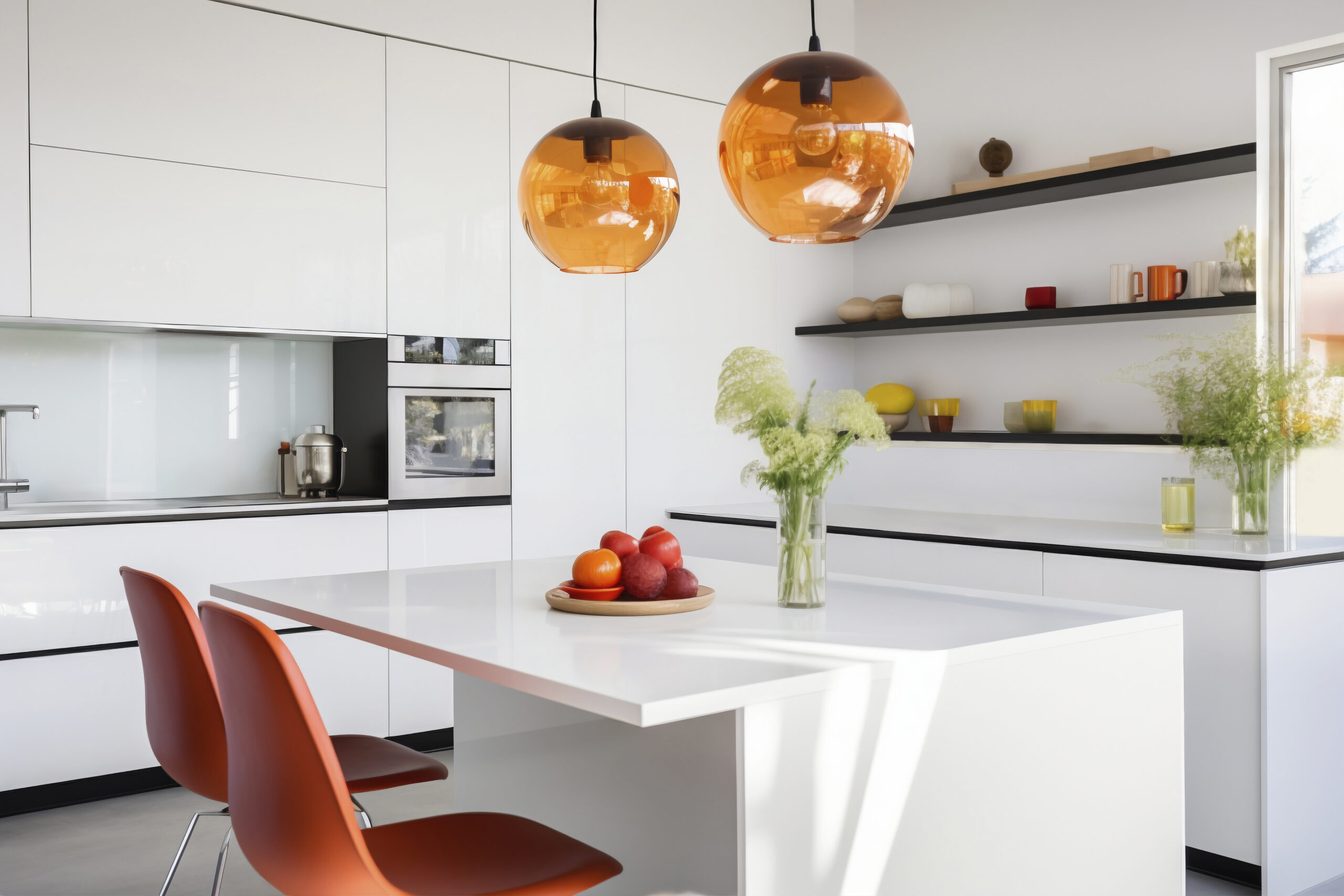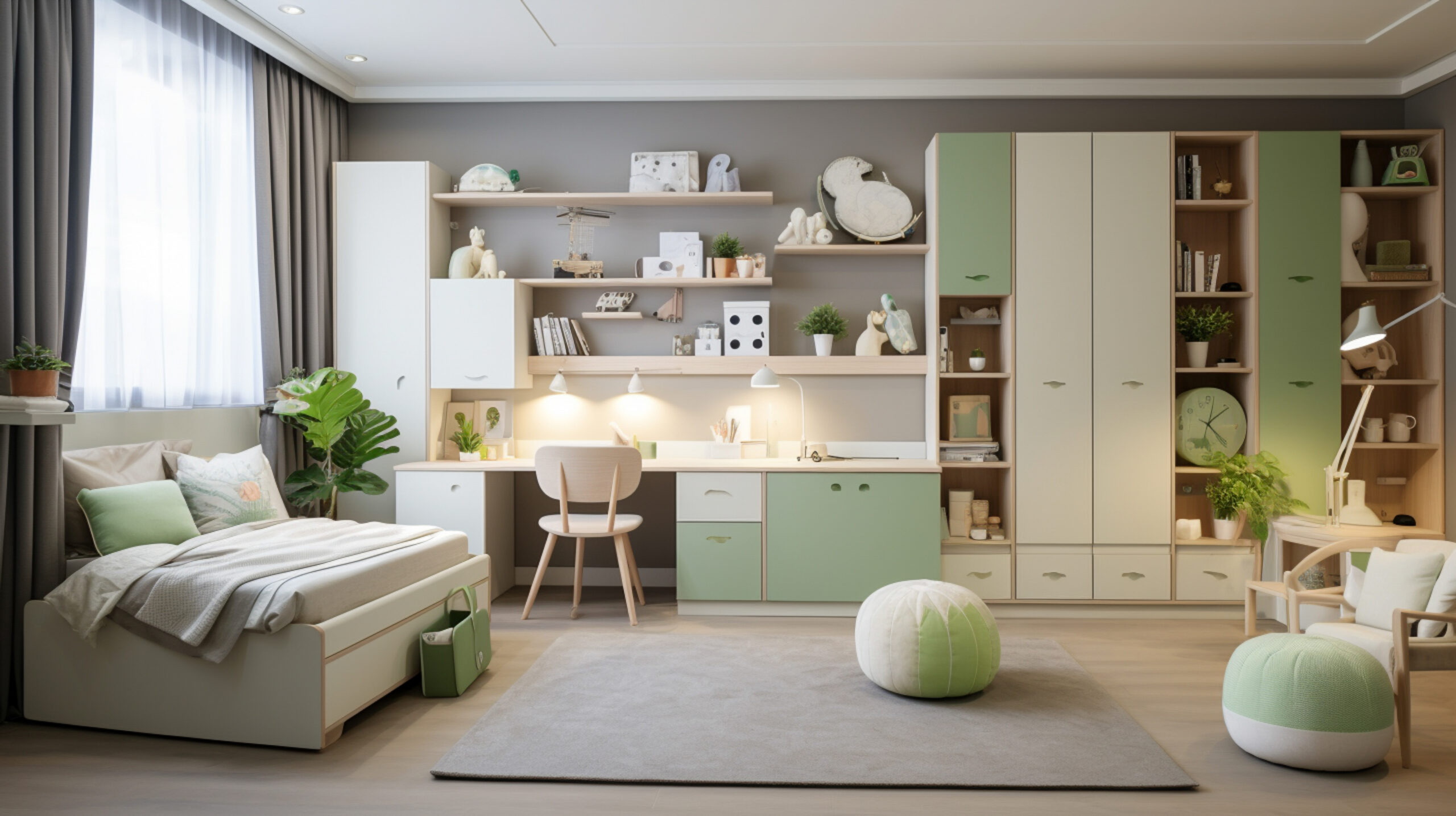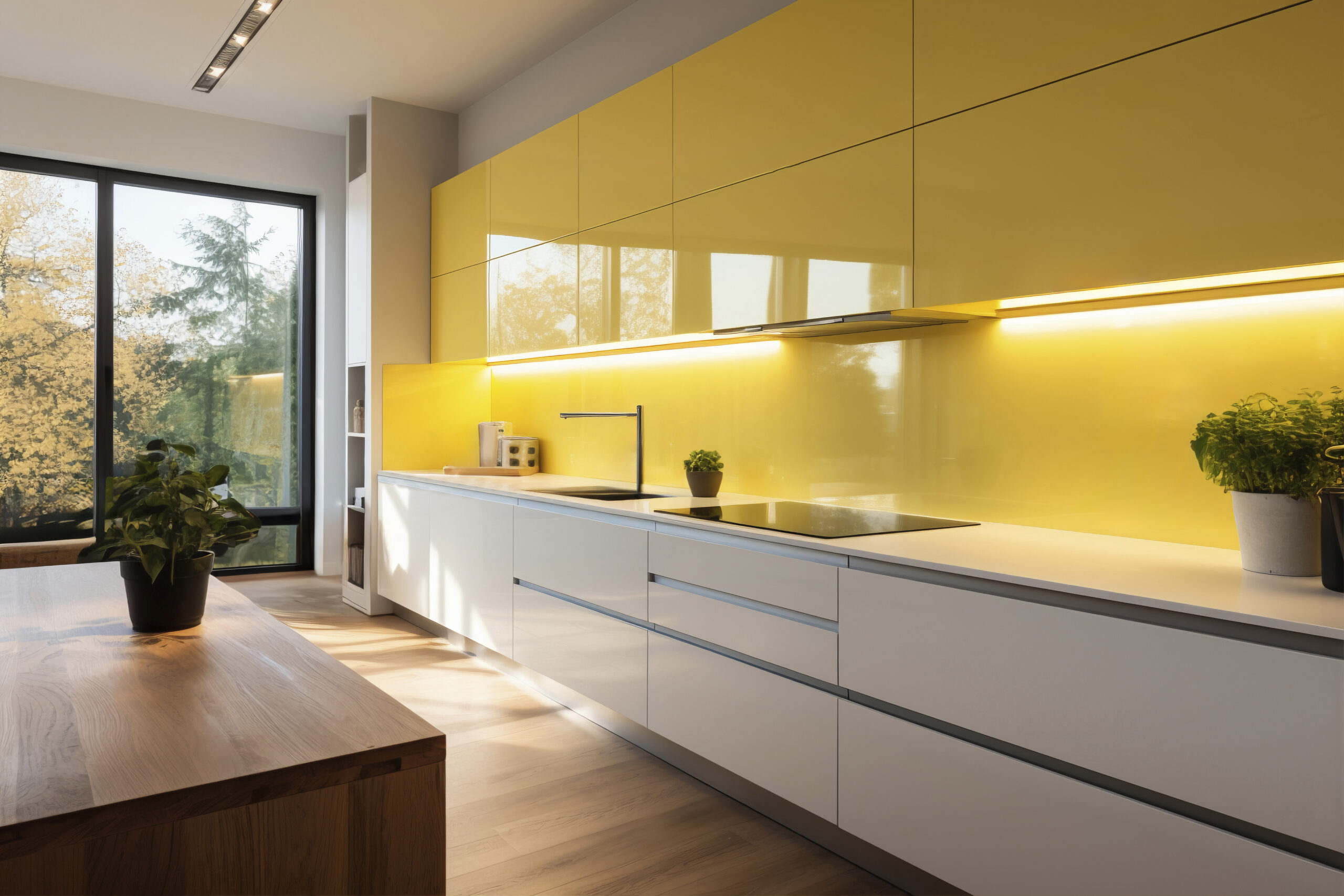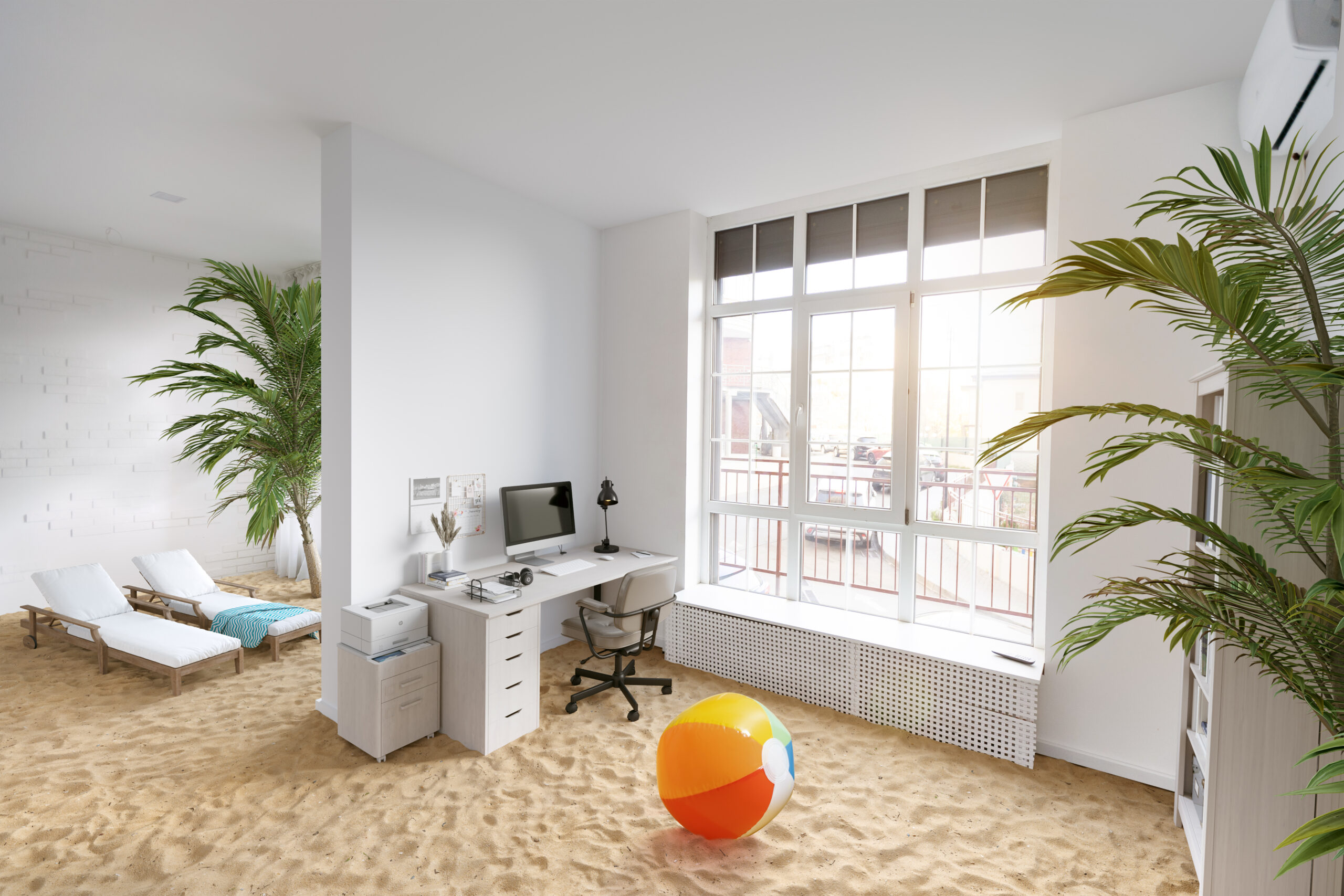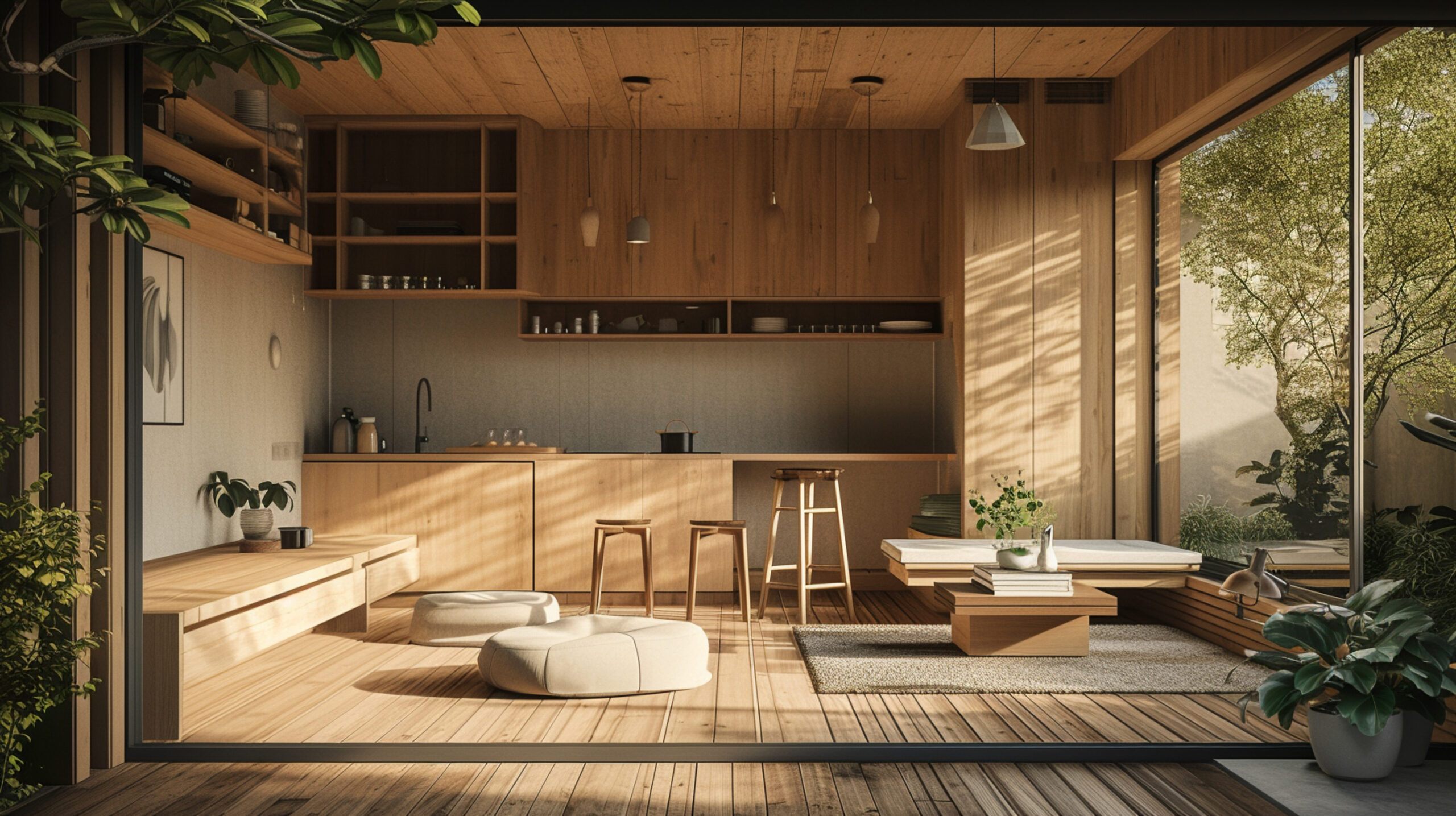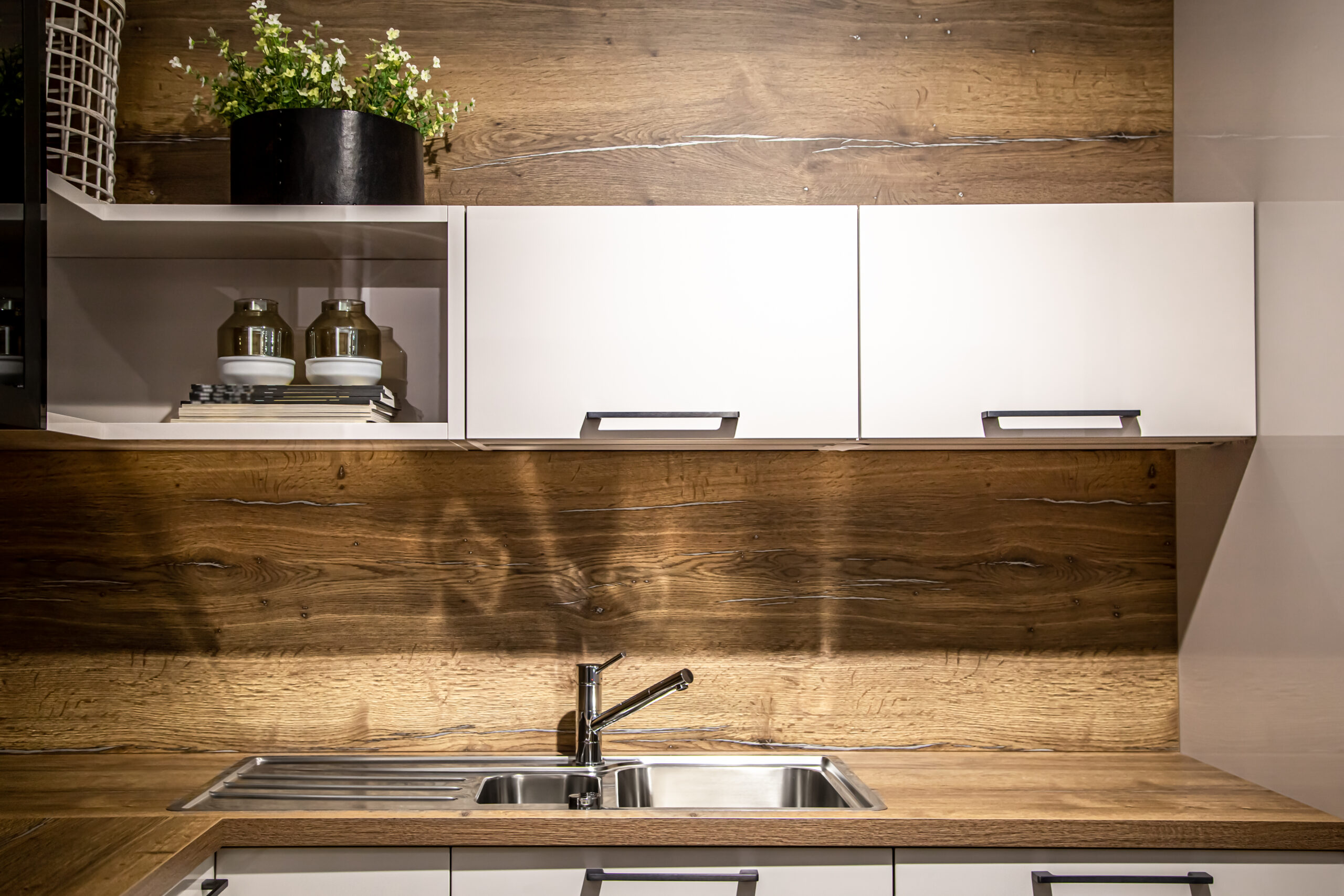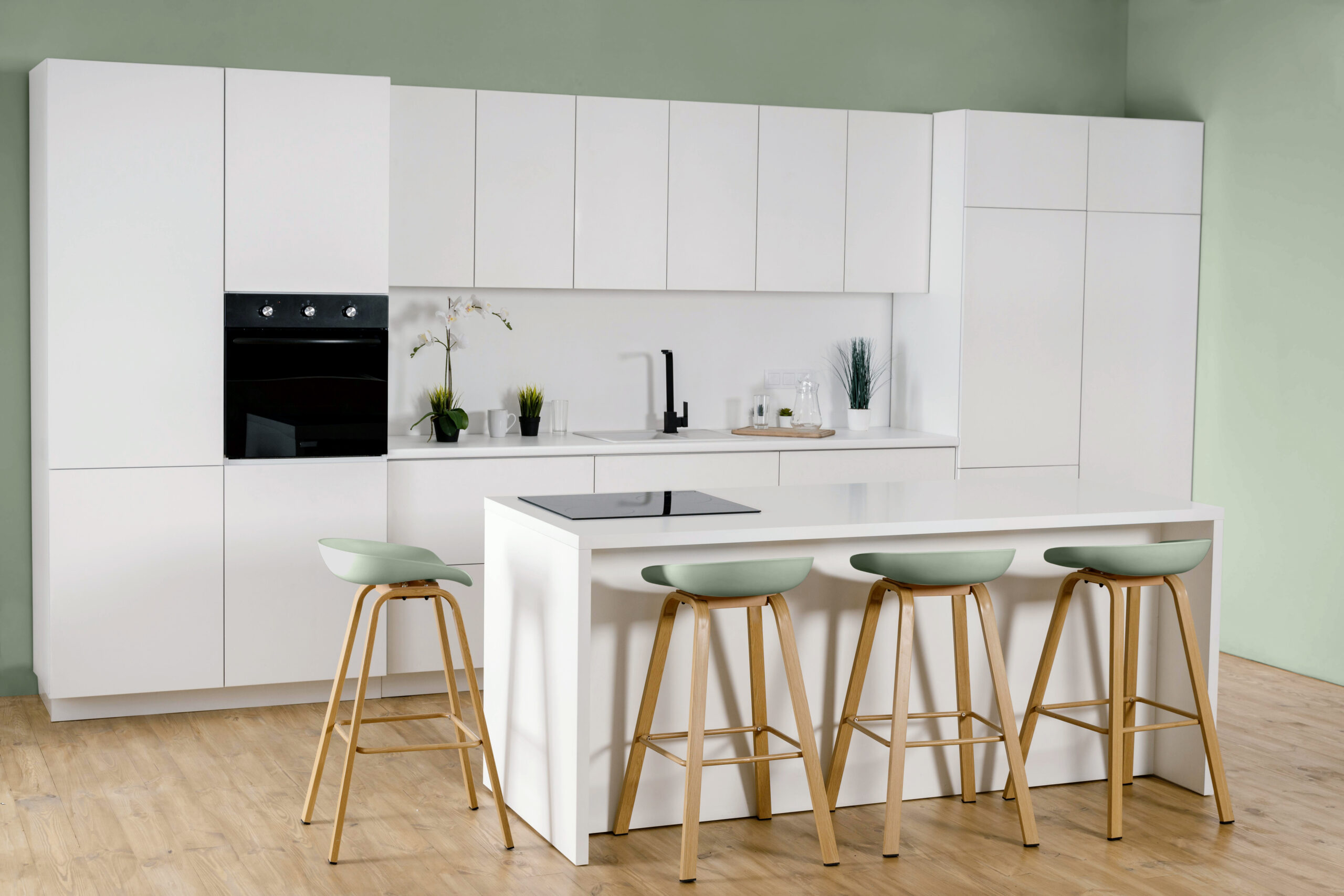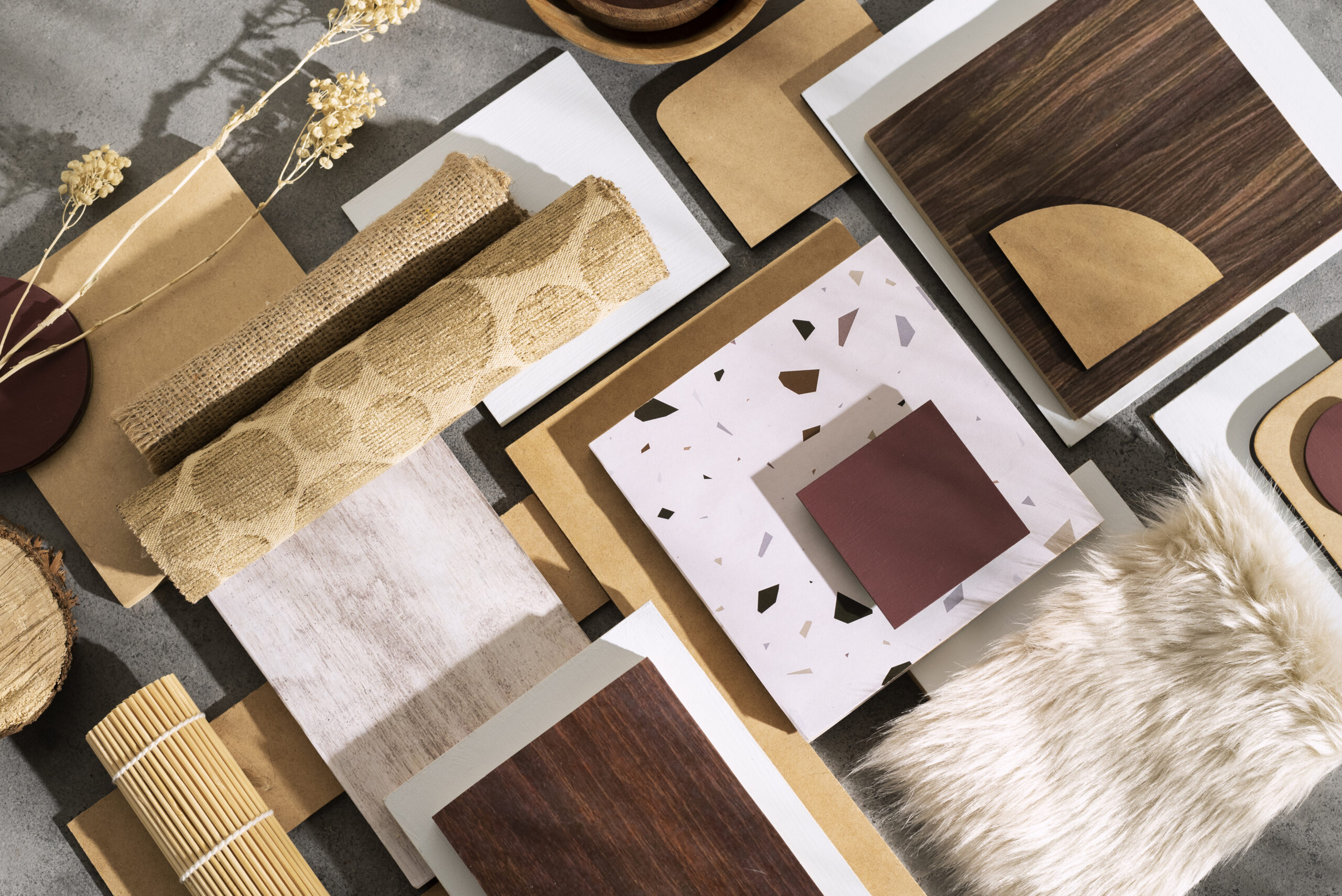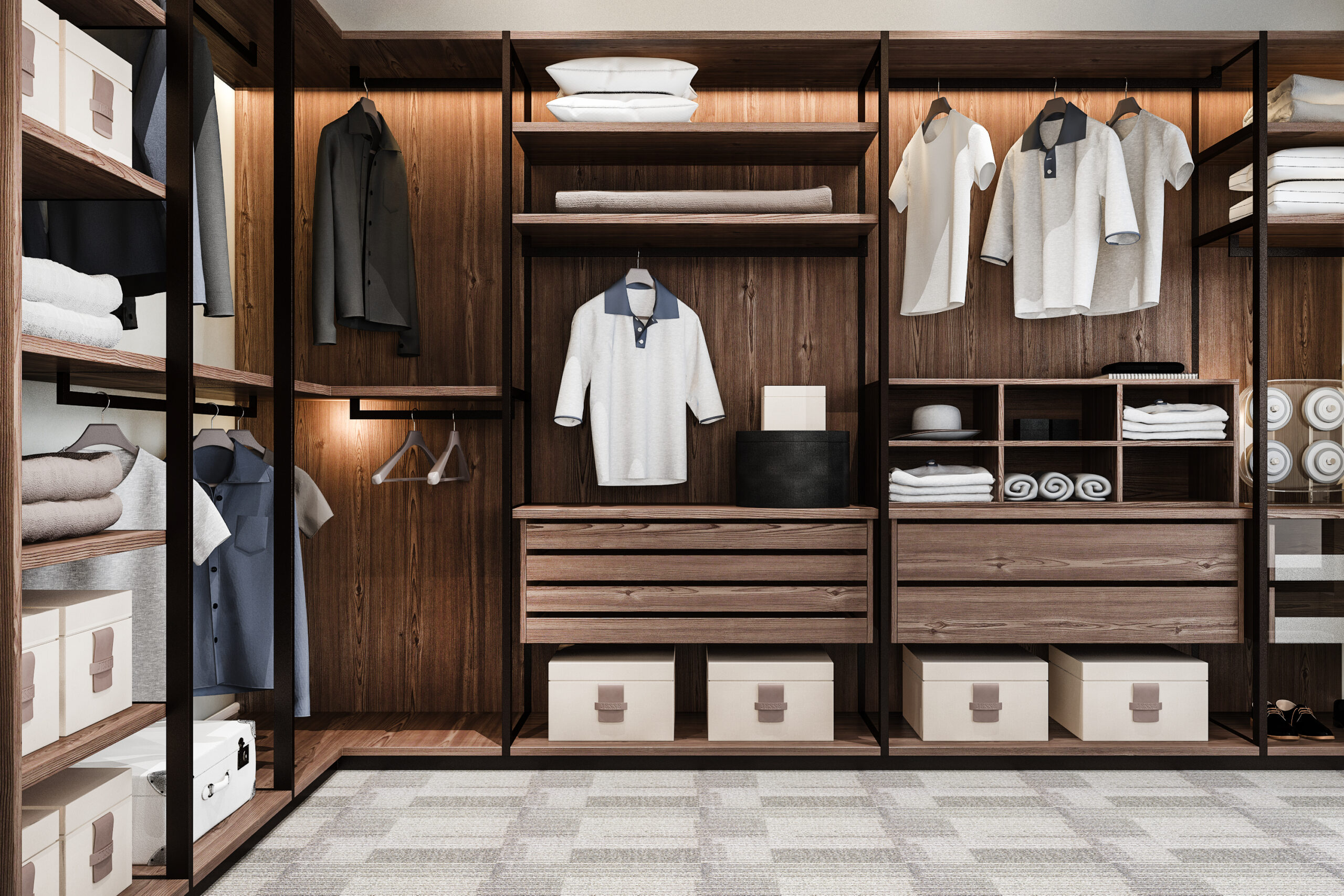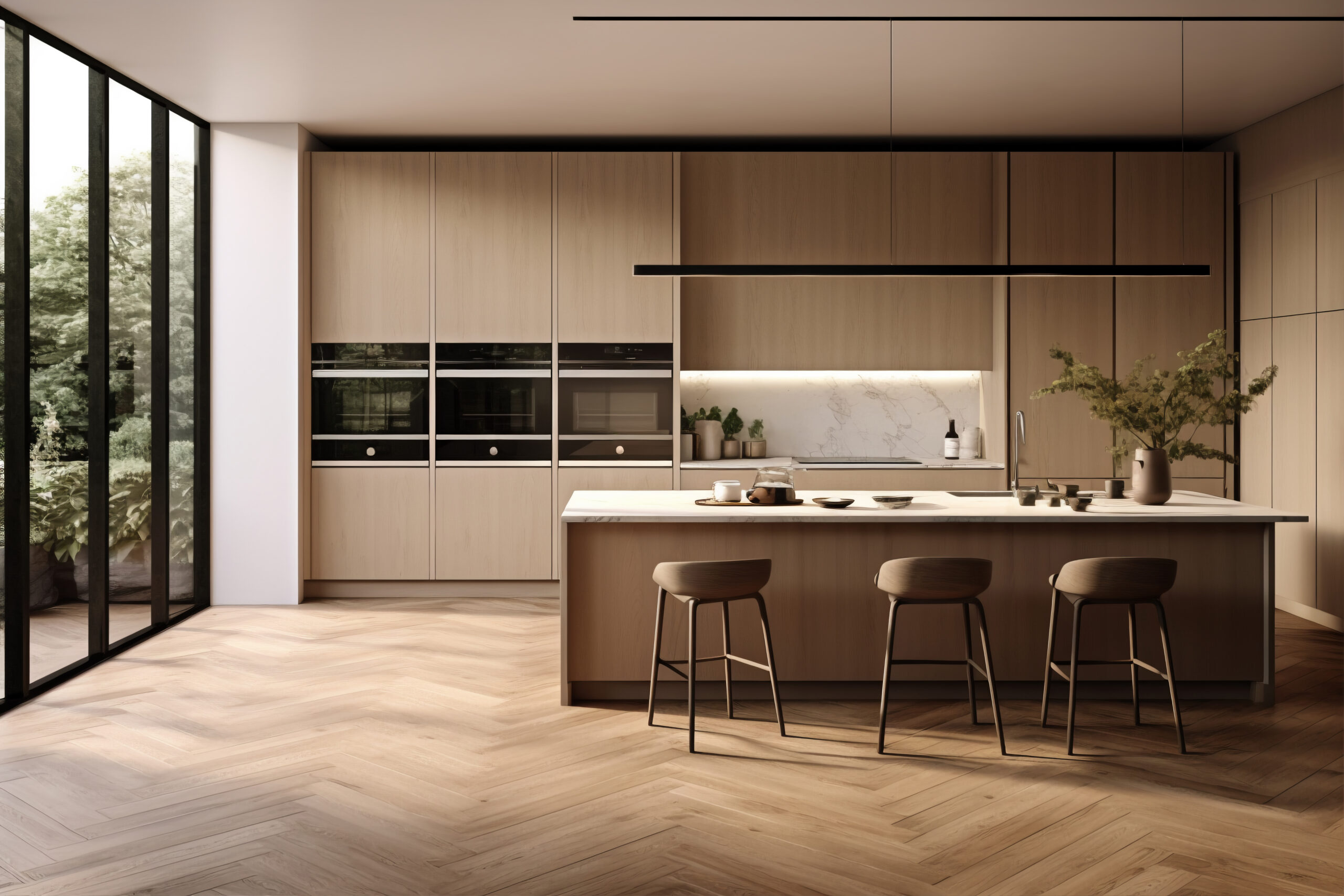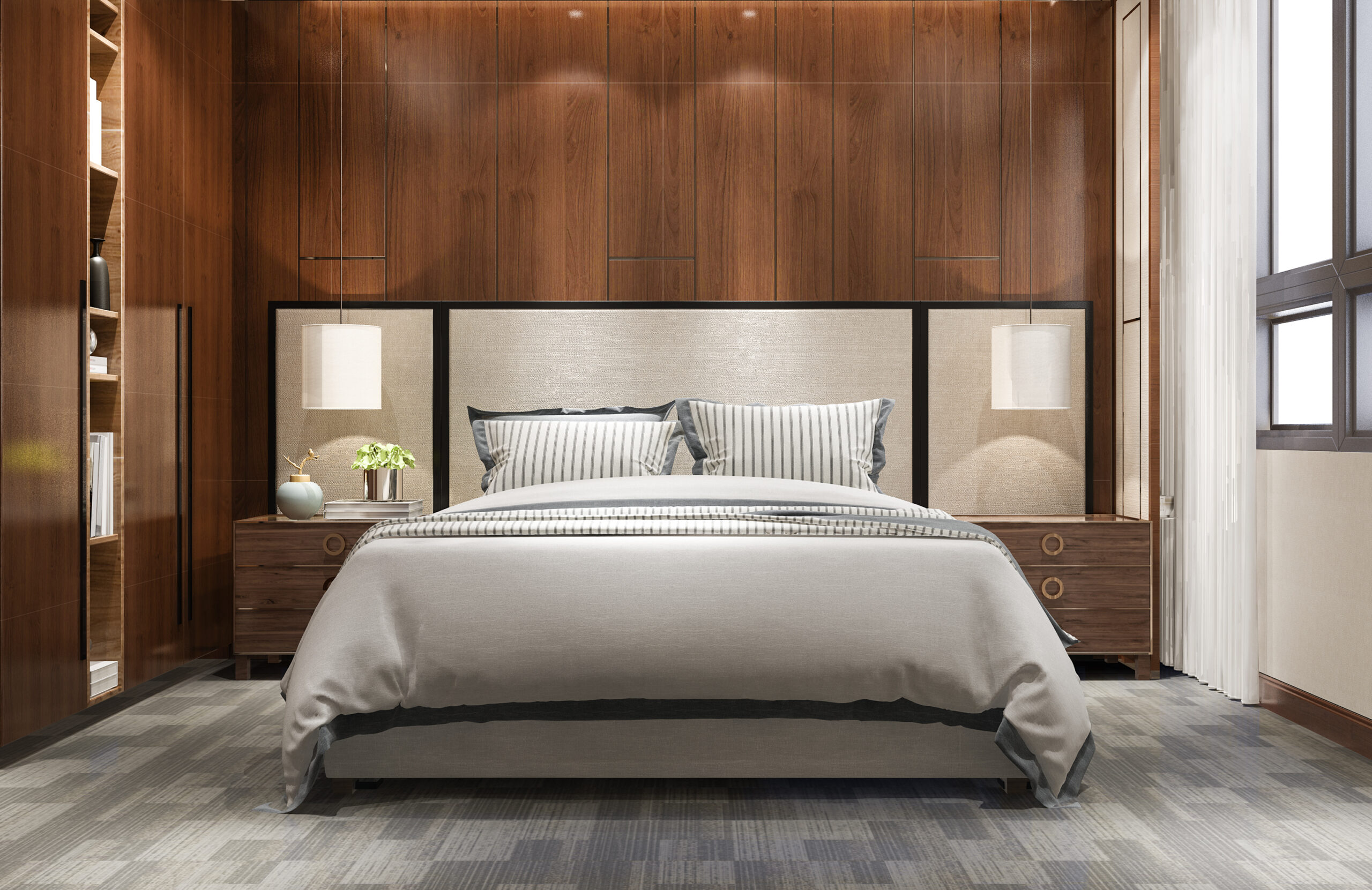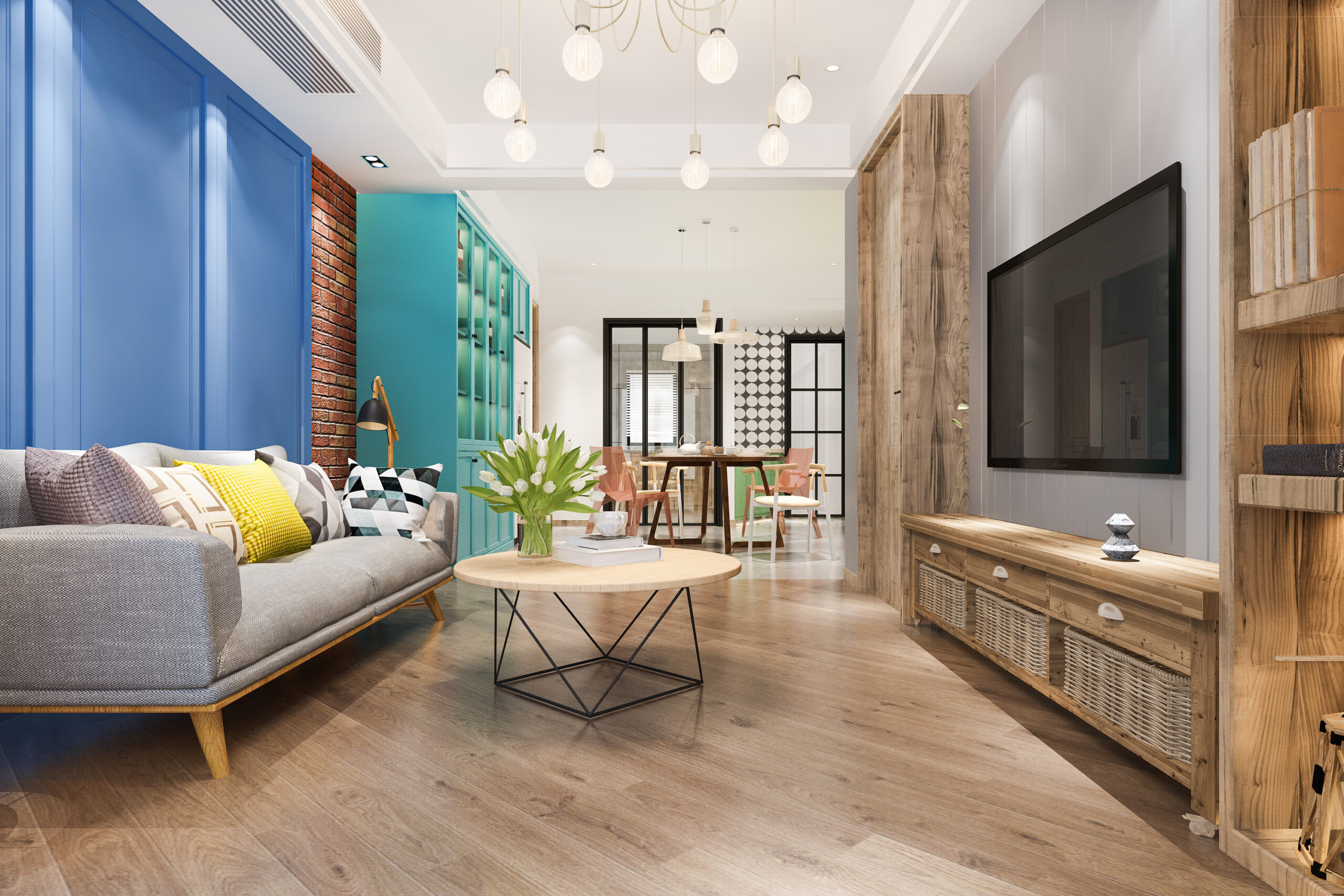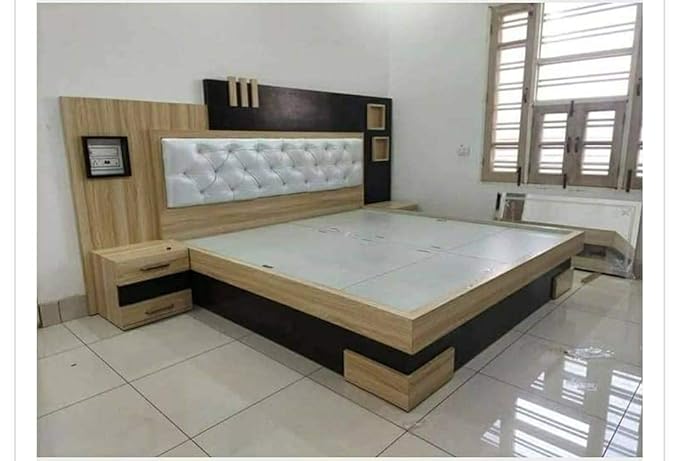Introduction: When it comes to choosing the right material for your woodworking or construction project, MDF (Medium Density Fiberboard) and plywood are two popular options. Each has its own set of characteristics and advantages, making them suitable for various applications. In this article, we’ll delve into the key differences between MDF and plywood to help you make an informed decision for your next project.
- Composition:
- MDF: Medium Density Fiberboard is composed of wood fibers, wax, and resin. These materials are combined under heat and pressure to create a dense and uniform sheet of engineered wood.
- Plywood: Plywood, on the other hand, is constructed by layering thin sheets of wood veneer (usually from hardwood or softwood) with each layer oriented perpendicular to the one below. These layers are bonded together with adhesive, resulting in a sturdy and versatile material.
- Strength and Durability:
- MDF: MDF is known for its consistent density, making it a stable and flat material. However, it is not as strong as plywood and may not hold up well in applications that require load-bearing capacity.
- Plywood: Plywood is generally stronger than MDF due to its cross-grain construction. It is a preferred choice for applications where strength and durability are paramount, such as in subfloors, furniture, and structural elements
- Surface Finish:
- MDF: MDF has a smooth and consistent surface that is ideal for painting, veneering, or applying laminates. It doesn’t have a grain pattern, which can be advantageous for achieving a uniform finish.
- Plywood: Plywood surfaces showcase the natural wood grain of the veneer. This can be aesthetically pleasing in some applications, but it may require additional finishing techniques if a smooth, grain-free surface is desired.
What is Mdf and Plywood?
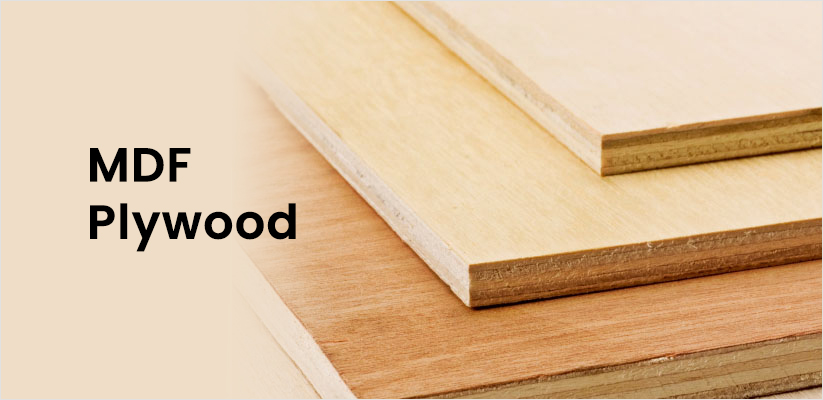
MDF (Medium Density Fiberboard) and plywood are two popular building materials with distinct characteristics and applications.
MDF (Medium Density Fiberboard) is an engineered wood product made from wood fibers, wax, and resin. It is known for its uniform density and smooth surface. MDF is frequently used in applications where a flat, consistent surface is essential, such as cabinet doors, furniture, and interior wall paneling. Its versatility makes it a preferred choice for projects requiring precise cuts and finishes.
Plywood, on the other hand, is constructed by layering thin sheets of wood veneer with each layer oriented perpendicular to the one below, creating a strong, cross-grain structure. Plywood’s strength and durability make it suitable for various applications, including subflooring, roofing, sheathing, and structural components. It is also commonly used in furniture making and decorative woodworking projects, where its natural wood grain can enhance aesthetics.
When choosing between MDF and plywood for your project, consider the specific requirements, such as surface finish, strength, and moisture resistance. Both MDF and plywood offer unique advantages, so selecting the right material will depend on the demands of your application.
Differences in Composition , Strength and Durability
Composition of Plywood: What is Plywood Made Of? Plywood is engineered from thin wood veneer layers, usually derived from hardwood or softwood. These veneers are bonded together using adhesive, with each layer oriented at right angles to the one above and below it. This cross-grain construction is what gives plywood its strength and stability. The adhesive used in plywood can vary, including water-resistant glues for moisture-resistant plywood and phenolic resin for higher durability in certain applications.
Strength: Plywood’s Strong Foundation Plywood’s cross-grain construction is the secret behind its remarkable strength. Unlike solid wood, which can be prone to warping and splitting, plywood’s layered structure distributes stress evenly across the entire panel. This makes it highly suitable for load-bearing applications, such as subfloors, roofing, and exterior sheathing. Plywood’s strength ensures that it can handle substantial weight and resist deformation, making it a preferred choice in construction.
Durability: Plywood’s Resilience Durability is another area where plywood excels. Its resistance to moisture, decay, and insect infestations can be enhanced through proper treatment and selection of specific plywood grades. For example, exterior-grade plywood is designed to withstand the elements and is a top choice for outdoor projects. Marine plywood, treated with additional preservatives, is even more resistant to water damage, making it ideal for boat construction and wet environments
Differences in Cost and Availability?
Differences in Cost and Availability: Medium Density Fiberboard (MDF)
When considering building materials, one essential aspect to explore is the cost and availability. Let’s delve into how Medium Density Fiberboard (MDF) compares in terms of cost and its accessibility in the market.
Cost-Effective MDF: Medium Density Fiberboard (MDF) is well-known for being a cost-effective option in the world of engineered wood products. Its affordability stems from its manufacturing process, which involves wood fibers, wax, and resin compressed under high pressure. Compared to solid wood or some other engineered woods, MDF typically comes at a lower price point, making it an attractive choice for budget-conscious projects.
Availability of MDF: One of MDF’s notable advantages is its widespread availability. It is a commonly stocked material in many lumberyards, home improvement stores, and woodworking supply shops. This wide availability ensures that you can easily find MDF sheets in various sizes and thicknesses, allowing you to source the material you need for your project without much hassle.
In contrast, some specialty woods or materials may be less readily available, leading to longer lead times and potentially higher costs due to transportation and procurement difficulties.
In summary, Medium Density Fiberboard (MDF) stands out as a cost-effective and easily accessible building material. Its affordability and widespread availability make it a practical choice for a wide range of applications, from cabinetry and shelving to furniture and interior wall paneling. Understanding the cost and availability of MDF can help you make informed decisions when selecting materials for your next project.
Application of mdf and plywood
Applications of MDF and Plywood: Comparing the Cost of MDF and Plywood
MDF (Medium Density Fiberboard) and plywood are versatile building materials, each offering unique advantages and cost considerations. Let’s explore their applications and compare the cost of MDF and plywood in various contexts.
MDF Applications:
- Cabinetry: MDF is a popular choice for kitchen and bathroom cabinets due to its smooth surface, which is ideal for paint and veneer finishes. The cost of MDF is often lower than that of plywood, making it a budget-friendly option for cabinetry projects.
- Interior Trim and Molding: MDF’s consistent surface quality makes it an excellent choice for interior trim work, such as baseboards, crown molding, and door casings. The cost of MDF trim is typically lower than solid wood alternatives.
- Decorative Wall Panels: MDF panels can be used for decorative wall treatments, wainscoting, and wall paneling. Its cost-effectiveness makes it an attractive option for enhancing interior aesthetics.
Comparing the Cost of Plywood: The cost of plywood can vary depending on factors such as grade, thickness, and wood species. Standard plywood options are usually priced competitively with MDF, making them suitable for many projects where strength and durability are paramount. However, specialty plywood, such as marine-grade or hardwood plywood, may be more expensive due to their unique qualities.
In conclusion, the choice between MDF and plywood hinges on your project’s specific requirements, budget, and desired characteristics. Understanding the cost of plywood and the versatility of both materials will help you make an informed decision to achieve the best results for your construction or woodworking endeavor.
FAQ
What is the primary difference between MDF (Medium Density Fiberboard) and plywood?
The primary difference between MDF and plywood lies in their composition: MDF is made from wood fibers, wax, and resin, pressed into sheets, while plywood consists of layered wood veneers bonded with adhesive. This results in distinct strengths and uses, with plywood offering greater structural integrity, and MDF providing a smooth, consistent surface.
How are MDF and plywood constructed differently?
MDF (Medium Density Fiberboard) is made by compressing wood fibers, resin, and wax under heat and pressure to create a uniform sheet. Plywood, in contrast, is constructed by layering thin wood veneers with each layer perpendicular to the one below, bonding them with adhesive. This layered structure gives plywood its strength and durability.
What materials are used in MDF and plywood?
MDF (Medium Density Fiberboard) is primarily composed of wood fibers, resin, and wax. Plywood is made from thin sheets of wood veneer, usually sourced from hardwood or softwood, which are bonded together with adhesive. These materials differ in composition, resulting in distinct characteristics and applications for each product.
Can MDF and plywood be painted or stained?
Yes, both MDF and plywood can be painted or stained. MDF’s smooth and uniform surface makes it particularly suitable for painting, while plywood’s natural wood grain is compatible with staining to enhance its appearance. Proper surface preparation and choice of paints or stains are essential for the best results.
Are there any limitations or drawbacks to using MDF or plywood?
Certainly, both MDF and plywood have limitations. MDF is susceptible to moisture damage and doesn’t hold up well in wet environments. Plywood, while stronger, can still warp when exposed to moisture. Additionally, both materials emit formaldehyde, a potential indoor air quality concern, so proper ventilation and sealing may be necessary.
Can MDF and plywood be customized in terms of thickness or dimensions?
Yes, both MDF and plywood can be customized in terms of thickness and dimensions. They are available in various thicknesses and can be cut or resized to fit specific project requirements. This flexibility in customization is one of their advantages in construction and woodworking applications.
